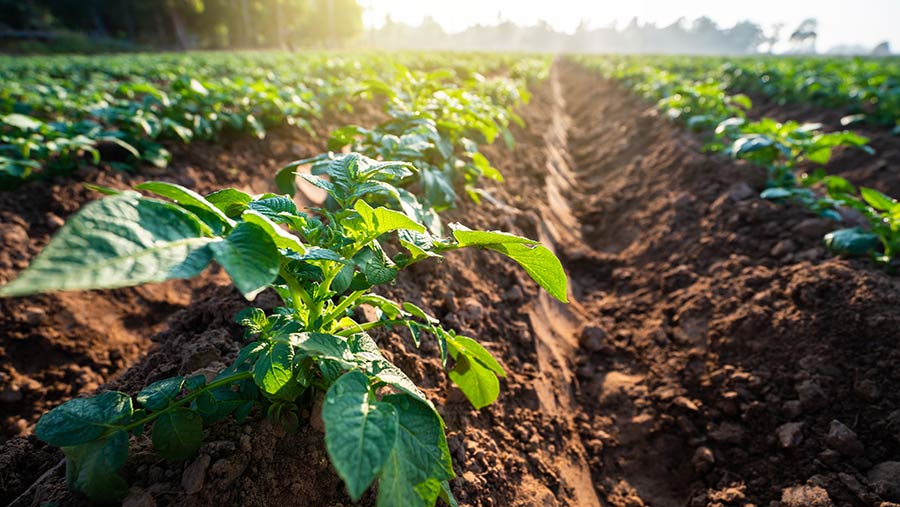Opinion: Organic farming has a place, but it’s complicated
 © natara/Adobe Stock
© natara/Adobe Stock Organic Farmers and Growers (OF&G) has issued a report, snappily titled Growing organic – a multifunctional component of English land use policy.
It claims that if the organic area of English farmland were increased to 10% (from its current 3%), ammonium nitrate use would fall by 179,000t.
This would reduce greenhouse gas emissions equivalent to planting 135,000ha of broadleaf trees.
See also: Opinion – my days of buying cheap heifers are over
But the OF&G report has drawn the ire of a “pro-science” think tank called Science for Sustainable Agriculture (SSA).
SSA says that organic farming makes food too expensive and, far from bringing climate change benefits, it is bad news, as it is not productive enough.
Far better, SSA claims, to concentrate food production on as small a land area as possible and rewild the rest, allowing room for wildlife and carbon sequestration by trees and scrub – rewilding, in other words.
As a farmer with an organic sheep flock and cattle herd, but a conventional arable enterprise, I find myself partially agreeing with both the OF&G and SSA.
But, as is so often the case with modern public discourse, both organisations are over-simplifying their cases to make themselves heard.
OF&G is correct to point out that organic farming brings some environmental benefits. It’s associated with a 21% increase in field margin species and a 35% increase in farmland bird species, for example.
SSA is also correct to point out that the best hope for biodiversity is for food production to be intensified on the very best land.
But both these arguments ignore the complexity of farmland use in the UK. Most of my farm, for example, falls within the South Downs National Park (SDNP). There are 15 national parks in the UK, which cover about 10% of the total land area.
Within these territories, there are deliberate policies for preserving traditional farming landscapes.
The SDNP Authority is keen to preserve rolling green hills with a patchwork of species-rich, permanent pasture on the poorer land, interspersed with conventional, highly productive arable farming on the better land and only limited scrub.
Full “rewilding” is heavily resisted. On my farm alone, six figures’ worth of taxpayer money has been spent over the past three years clearing scrub and, to keep the land clear, my organic herd of pedigree Sussex cattle and my organic sheep flock provide the grazing.
Organic farming is perfect for such conservation initiatives, as it prevents the use of artificial fertilisers, pesticides and the prophylactic use of animal medicines and wormers (which can have an adverse effect on insects such as dung beetles).
But don’t get me wrong. I’m no organic farming zealot. Far from it – I consider it to be completely inappropriate for productive UK farmland on soil of Defra classification Grades 1 and 2.
So the OF&G and SSA are both right but also both wrong. Organic farming does have a place, but the reasons are complex and specific to local topography, soil types and government-led regional land use policy.
These complexities are something that lobby groups like the OF&G and think tanks such as SSA fail to emphasise in their public statements because it blunts the publicity they receive.
And they are correct in that judgement – if they weren’t being so narrowly dogmatic in their public pronouncements, I wouldn’t have written this article about them.

